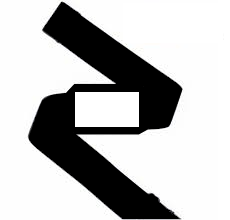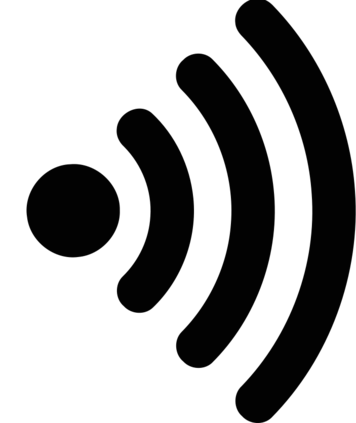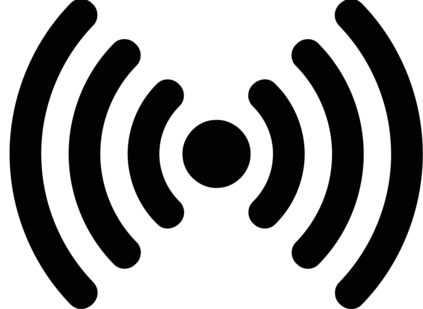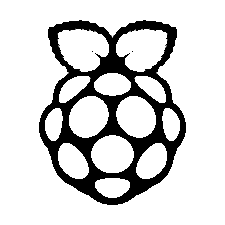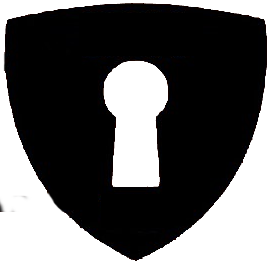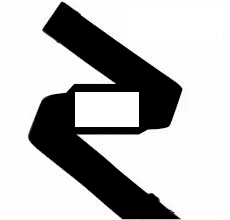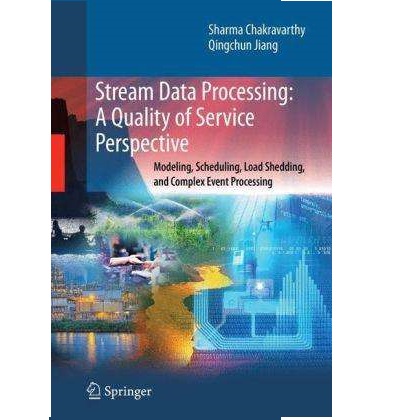Medical data belongs to whom it produces it. In an increasing manner, this data is usually processed in unauthorized third-party clouds that should never have the opportunity to access it. Moreover, recent data protection regulations (e.g., GDPR) pave the way towards the development of privacy-preserving processing techniques. In this paper, we present a proof of concept of a streaming IoT architecture that securely processes cardiac data in the cloud combining trusted hardware and Spark. The additional security guarantees come with no changes to the application's code in the server. We tested the system with a database containing ECGs from wearable devices comprised of 8 healthy males performing a standarized range of in-lab physisical activities (e.g., run, walk, bike). We show that, when compared with standard Spark Streaming, the addition of privacy comes at the cost of doubling the execution time.
翻译:医疗数据属于它制作数据的人。 越来越多的情况是,这些数据通常在未经授权的第三方云层中处理,而第三方云层不应有机会访问这些数据。 此外,最近的数据保护条例(例如,GDPR)为开发隐私保护处理技术铺平了道路。在本文中,我们提出了一个关于流成一流的IOT结构概念的证明,该结构可以安全地处理云层中的心脏数据,将可信赖的硬件和火花结合起来。额外的安全保障并不改变服务器中的应用程序代码。我们用一个由8名健康男性组成的可磨损装置(如运行、步行、自行车)构成的ECG数据库对该系统进行了测试。我们表明,与标准的Spark Streaming相比,增加隐私的成本是执行时间的两倍。

